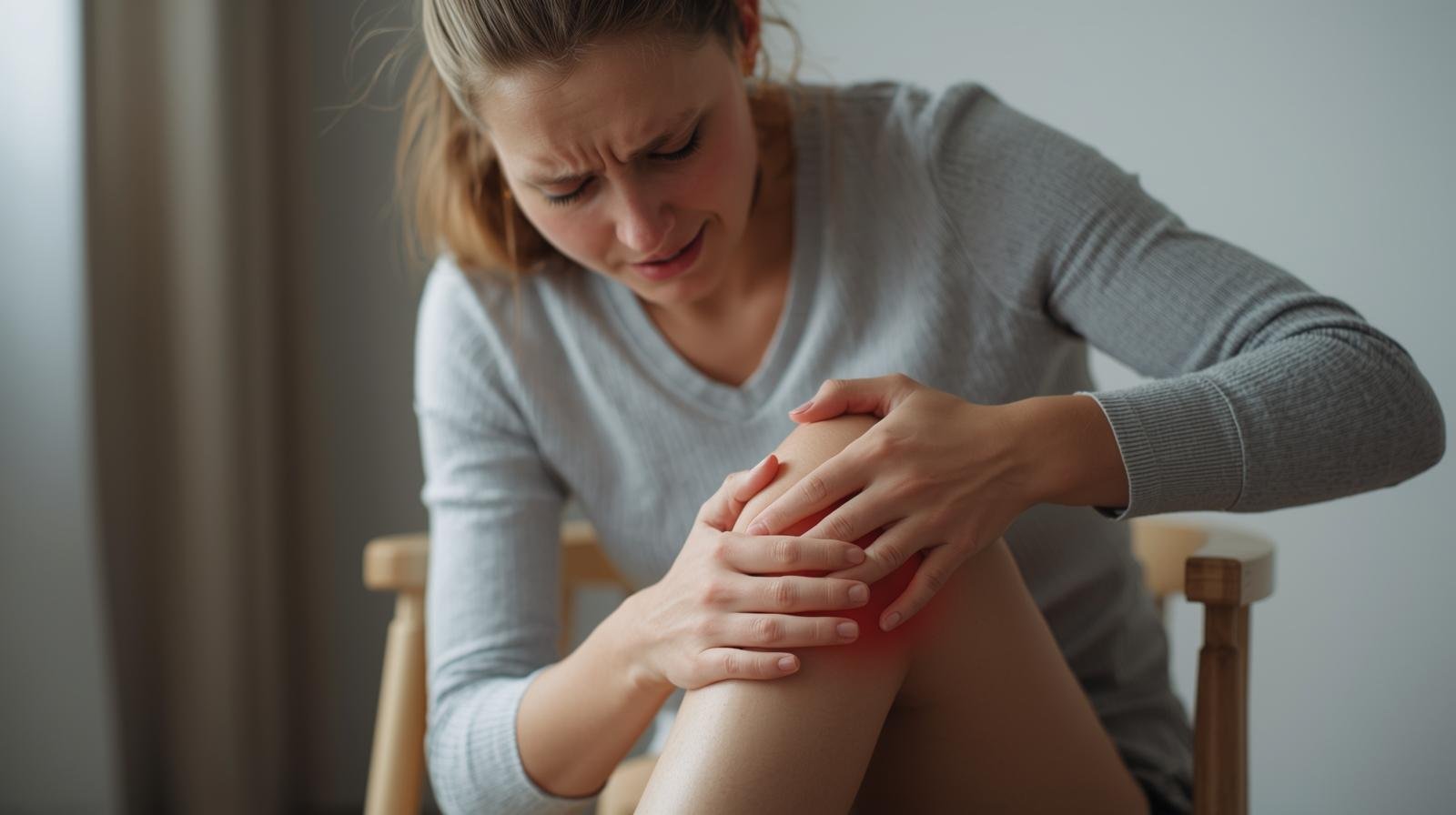Staying strong after 40 is not optional—it’s essential. Start with what you can do, build a routine, and never ignore pain or stiffness.

Knee pain is no longer just a problem for the elderly. Today, an increasing number of young adults in India especially those between 20 and 40 years experience persistent knee pain. From sports injuries to sedentary lifestyles, several factors contribute to this silent yet growing orthopedic challenge.
In this article, we will explore the causes of knee pain in young adults, warning signs, treatment options, and effective prevention strategies.
Traditionally, knee pain was associated with ageing and arthritis. However, lifestyle changes have led to an alarming rise in knee joint pain in the younger population.
Sports & Overuse Injuries
Young athletes often face ACL and meniscus tears, patellar tendinitis, and runner’s knee. (American Academy of Orthopedic Surgeons)
Sedentary Lifestyle & Weak Muscles
Long sitting hours weaken supporting muscles, straining the knee joint.
Obesity & Excess Weight
Extra body weight exerts significant stress on the knees — every 1 kg gained adds about 4 kg of pressure on knee joints.
Gym & Workout Mistakes
Incorrect squats, lunges, or heavy lifting without proper form often trigger injuries.
Inflammatory or Infectious Causes
Early rheumatoid arthritis, gout, or post-viral arthritis may also appear in younger individuals.
Postural & Foot Problems
Flat feet or poor footwear can mal-align the knees, leading to chronic discomfort.
While occasional pain after activity is normal, persistent knee pain in young adults can indicate a deeper issue. Seek medical help if you notice:
Swelling or stiffness
Pain lasting more than 2 weeks
Clicking, locking, or instability in the knee
Inability to bend or straighten fully
👉 Read also
Understanding Joint Pain: Causes, Prevention, and Treatment from an Orthopedic Expert
The good news is that most cases of knee pain in younger populations can be treated effectively without surgery.
Weight management to reduce stress on knees
Switching to low-impact exercises like cycling, swimming, yoga
Strengthening quadriceps and hamstrings
Stretching for flexibility
Posture and gait correction
Anti-inflammatory medicines (under doctor’s supervision)
Platelet-rich plasma (PRP) or hyaluronic acid injections for specific cases
In severe cases such as ACL or meniscus tears, arthroscopic surgery may be required.
Transitioning from treatment to prevention, here are evidence-based steps to protect your knees:
Warm up before workouts, cool down afterward
Use proper footwear and knee support when needed
Avoid prolonged sitting at work — take breaks to stretch
Maintain an ideal body weight
Listen to your body — never push through sharp pain
For additional guidance, check: WHO – Physical Activity Recommendations
Knee pain in young adults is a growing epidemic in India. From sports injuries to lifestyle-related causes, it can significantly affect mobility and quality of life. However, with early diagnosis, proper treatment, and preventive strategies, most young people can recover and live pain-free.
Your knees carry you through life. Protect them today — because strong knees mean a stronger future.
Q1: Why do my knees hurt at 25?
A: Common causes include sports injuries, overuse, obesity, or even early arthritis.
Q2: Can gym workouts damage my knees?
A: Incorrect form during squats, lunges, or heavy lifting can cause knee strain. Always use proper technique.
Q3: How can I strengthen my knees naturally?
A: Regular low-impact exercise, balanced diet rich in calcium and vitamin D, and weight management help maintain joint health.
Copyright © 20August 31, 2025 Dr. kanav's Joint Wellness Clinic . All Right Reserved
Leave a Reply